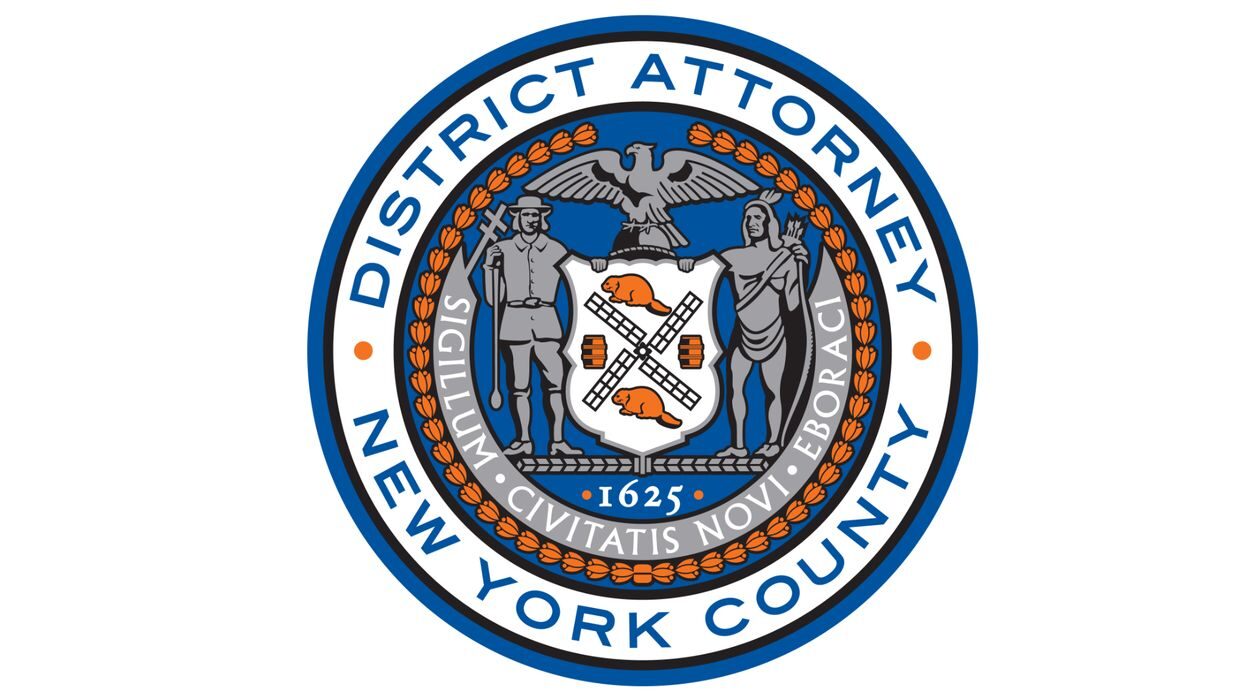
The state of NY is going directly to 3D printer manufacturers to prevent 3D-printed weapons.
The Manhattan District Attorney, Alvin Bragg, sent a letter to Creality HQ asking them to install specialized software to prevent their equipment from printing specific gun parts.
In a post from the DA’s office, they say:
“Manhattan District Attorney Alvin L. Bragg, Jr., today called on Shenzhen Creality 3D Technology Co., Ltd., the manufacturer of one of the most popular 3D-printers available for individual consumers, to adopt additional security measures to deter the spread of 3D-printed guns and gun parts. In a letter to Creality, D.A. Bragg called on the company to install in its printers an available 3D-printing software program which detects the shapes of common gun parts and blocks their printing. D.A. Bragg plans to send similar letters to other leading consumer brands in the coming weeks.”
The DA also asked Creality to cleanse their online 3D model repository of files related to the issue.
While admirable, I’m not sure how well this approach will work. The online community working on these items will simply migrate their efforts elsewhere.
As for automatically detecting specific parts, that could be quite challenging.
It could work if it simply matched specifically known 3D models one for one. That would not block anyone designing their own variations, but would block those incapable of designing in 3D. It would also require the list of models to be constantly updated. Eventually, that list might become quite long and even cause delays in software processing when preparing print jobs.
It would also require some form of locking on the 3D printers. If Creality installed a model checker into their software tools, operators could simply use a different slicing tool that did not have a checker.
Even if the major slicing tools did incorporate model checking, they are mostly open source, and it would be easy for someone to remove the checking code.
That is, unless the 3D printers had some kind of lock that communicated with the slicing system to ensure checking had taken place. That would require changes to the machines that would certainly be not wanted by the 3D print community, which values the openness of the equipment.
We’ll see whether Creality — or other vendors yet to be contacted — will react to this proposal.
Via Manhattan DA
